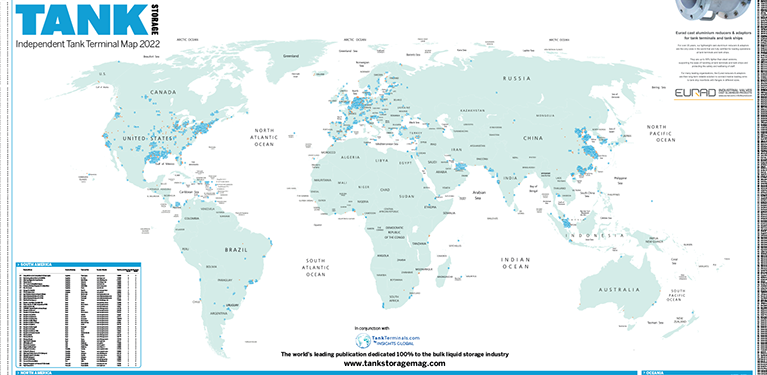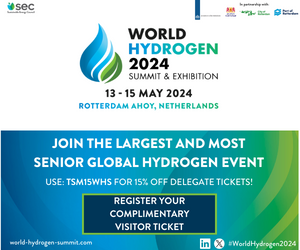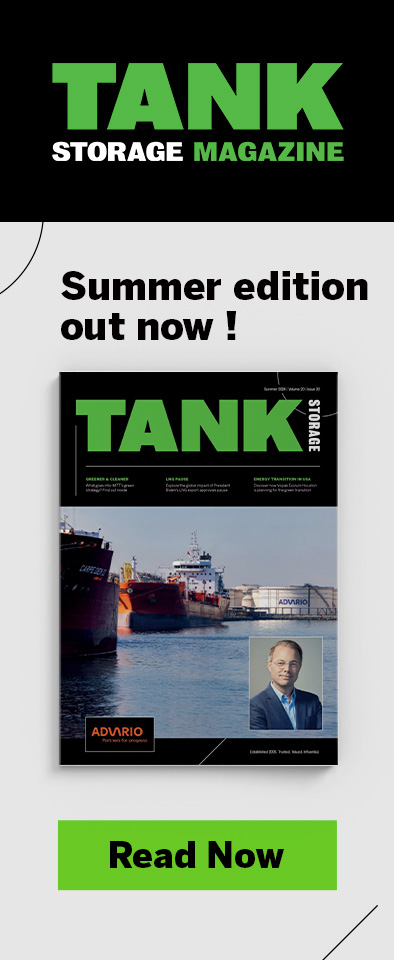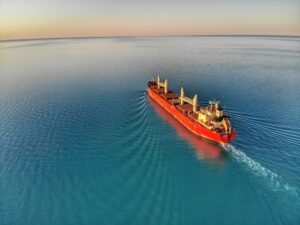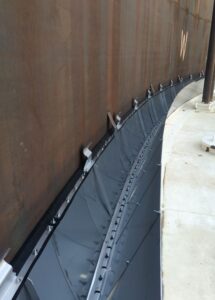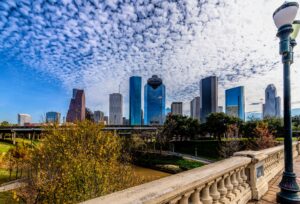As global targets to reach net zero and achieve a more sustainable future intensify, ports need to do everything they can to support this transition. This may mean replacing their own infrastructure, but also requires collaboration with customers and partners across the supply chain to ensure a cohesive move. Located in Spain, Port Tarragona’s energy transition strategy is divided into two parts: the first being the decarbonisation of port activity, and second, to become a hub for the products that will lead this energy transition: hydrogen, methanol, ammonia and other derivatives. Both of these phases will be critical to deliver in the energy transition.
Decarbonising Operations
The main projects being carried out at Port Tarragona are:
- Installation of solar energy production plants
- Creating an energy community on the Costa Wharf
- Analysis of the installation of OPS systems on the cruise liner, container and ro-ro terminals
- Pilot projects related to hydrogen (retrofitting of a railway shunting locomotive or a set of service vessels)
These changes will help the port reach its own net zero goals, outlined in its Sustainability Plan (more on this later). For example, the installation of photovoltaic panels will allow the port and surrounding businesses to harness solar energy for electricity production. As well as this being a green, renewable energy, it will also reduce the demand in the region for electricity from the grid. This will be particularly important as vehicle fleets transition towards electric, and as hydrogen production via electrolysis becomes more common.
Likewise, creating an energy community at Moll de Costa will bring together different collaborators across the supply chain. An energy community is a form of organisation between different users of electrical energy in order to decide how to produce, manage and use energy with the aim of benefiting collectively. In the case of this project, the port wants to take advantage of the installation of different photovoltaic panels on the roofs of Tinglado 1 and 2 to create a community and be able to manage all this renewable energy production with consumers in the Moll de Costa area.
With the aim of starting to generate a hydrogen economy, the port wants to start implementing pilot projects in order to implement, test and analyse the use of hydrogen in port facilities. The two main projects are: the retrofit of a railway shunting locomotive (transformation of its diesel engine to a hydrogen combustion engine) or transforming service boats (such as the port police’s boat and ideally some others that serve the port) from traditional fuel engines into fuel cell or direct hydrogen combustion engines.
Preparing for Future Fuels
Regarding its positioning as a hub for new energies, the main lines currently being worked on are:
- Placing Tarragona as a key port in these new energies, in both the Mediterranean and through Europe
- Collaboration as a petrochemical cluster and, together with the Hydrogen Valley of Catalonia, leading this transformation and anticipating the changes that will take place
- Achieving a port connection to the new Spanish hydrogen trunk network (associated with H2MED)
Pivoting to a more future fuels-focused facility is already garnering results for the port. The team has observed interest in possible new investments, in both the port and industry in the area. By positioning itself as a benchmark port in the Mediterranean area, Port Tarragona will be able to progress these pilot projects and stay ahead of the curve as the industry transitions.
Sustainability Plan
Port Tarragona contributes to sustainable development through its firm commitment to a policy of action to mitigate climate change and protect the environment. Since the publication of its Sustainability Plan Agenda 2020-30, Port Tarragona has embarked on a decade of ambitious actions to achieve the economic, environmental and social sustainability objectives for 2030. The future of the logistics infrastructure involves intermodality and the increased use of rail; the promotion of new types of green fuel and new sources of renewable energy; guaranteeing the circularity of all projects and maintaining the policy of open, global transparency and communication as a fundamental pillar of the entire organisation.
The Port of Tarragona’s growth is linked to energy transition, digitalisation and the fostering of infrastructure that favours greater efficiency, competitiveness and connectivity among people. This is the block that will most decisively allow for the compensation of CO2 emissions – from 96% at the end of 2021 to 99% at the end of 2030 – through actions such as contracting green energy and the electrification of the cruise liner dock.
In this section, the Sustainability Plan also provides for the study of alternative energies, such as hydrogen, that have a very wide application (lorries, land machinery, service boats, freight vessels, generator sets, etc.), in addition to the promotion of rail transport that is already bearing the first fruits with the increase in cereal shipments to Lleida, Vic and Aragon. Finally, Port Tarragona is taking decisive action in the fight against climate change with a responsible use of resources, promoting circularity, taking advantage of natural resources and preserving the biodiversity of the environment.


